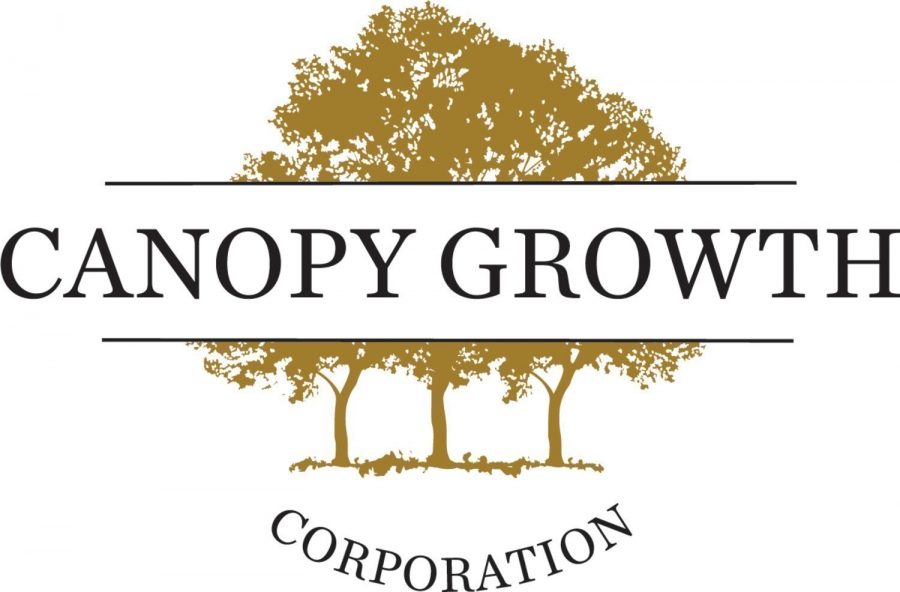Canopy Growth is throwing in the towel for numerous Canadian facilities
Canopy Growth Corporation (CNW Group/Canopy Growth Corporation)
As many as 220 of cannabis company Canopy Growth’s employees will lose their jobs amid the company’s abandonment of numerous Canadian cultivation facilities.
Based in Smiths Falls, Ontario, major (but struggling) cannabis producer Canopy recently announced that it would be making cuts in various areas of the business.
Why? To resolve the industry’s supply-demand imbalance, as well as to improve profit margins. For the third and fourth quarters of the existing fiscal year, Canopy anticipates that it will log pre-tax charges of 400 million Canadian dollars (USD$312 million).
Canopy made the announcement on Wednesday, December 9. A lack of stability with supply and demand has acted as the major catalyst for Canopy’s decision. Companies like Canopy that are operating on a vast scale to serve Canada’s cannabis industry have been funneling funds into greenhouses, only to realize that they were sitting on heaps of unpurchased cannabis inventory.
“Canopy Growth has made the strategic decision to close five of its production facilities as a result of the larger restructuring efforts outlined by the company earlier this year. This change comes as the Company continues to adjust its operations to match market demand. After careful analysis, we are confident our remaining sites will be able to produce the right breadth, quality, and quantity of cannabis products to our consumers. These decisions are never easy and we want to thank the employees affected for their contributions to Canopy Growth,” said Canopy’s Vice President of Communications, Jordan Sinclair, in a statement.
Review of Canopy’s operations resulted in facility shutdowns
The fact that Canopy intends on shutting its Saskewatchan-based greenhouse means that the company will be left with no actively-operating outdoor cultivation sites. Aside from the loss of its outdoor sites, Canopy will also be ceasing operations at the following cannabis greenhouse locations:
- Bowmanville, Ontario
- Edmonton, Alberta
- Fredericton, New Brunswick
- St. John’s, Newfoundland and Labrador
Combined, these production sites represent approximately 17 percent of Canopy’s total footprint across Canada’s greenhouse market.
In order to fully assess Canopy’s situation before agreeing to shutdown cannabis greenhouse facilities, end-to-end analysis of business operations were examined by colleagues; the assessment focused on people, process, technology and infrastructure. This is according to Canopy’s Chief Executive Officer (CEO), David Klein, who recently told reporters that the move will position the company well to reap its “targeted $150-$200MM of cost savings and accelerate our path to profitability.”
Since Klein became the CEO in early 2020, he has made unanimous changes to the company. It all kicked off with a restructuring plan that resulted in 1,000 people losing their jobs following facility shuttering nationwide.
Canada boasts an abundance of outdoor cannabis cultivation capacity
It’s not just Canopy that’s weeping over financial loss – the Canadian cannabis company had a net loss of CA$97 million (USD$76 million) in its most recent quarter that concluded on September 30 and has lost CA$1.5 billion (USD $1.2 billion) over the last four quarters – but also, various other cultivators.
Despite a thriving legal cannabis market, Canadian cannabis producers have reported net losses exceeding CA$6 billion (USD$4.7 billion) since cannabis was legalized in 2018. Collectively, during the summer of 2020, producers across the nation had almost three times more outdoor grow sites than indoor grow sites. This resulted in almost 3,000 job losses.
Regardless of the previously mentioned net losses, Canada is successfully generating plenty of sales revenue. With that being said, the rise in cannabis greenhouse facility shutdowns should not be considered illustrative of the entire cannabis sector.








